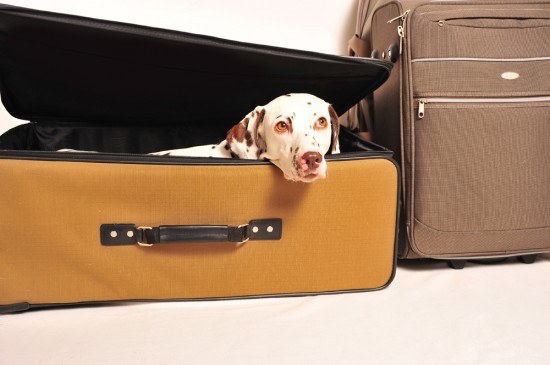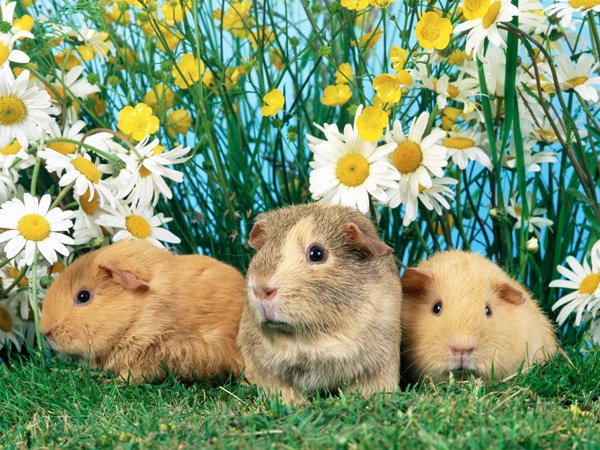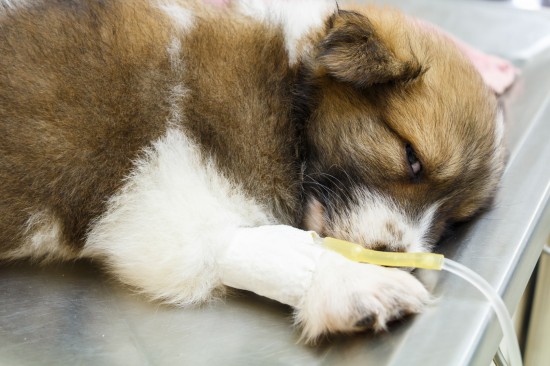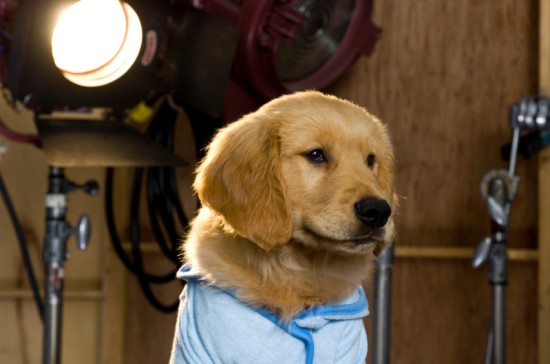
Many people when thinking about domesticated animals will immediately consider their beloved pets. Cats and dogs probably come first to mind, followed by farm animals that can be harvested for their various products. But what if you could own a tiny pet that could produce multiple products that could be marketed? Are you going to let the thought of a few little stings scare you away from the bees?
Believe it or not, these little creatures can bring great pleasure. If you'd like to set yourself apart from the crowd, read on about beekeeping equipment that can turn you into a beekeeper and kick your previous fears of these little beings and misconceptions to the curb.
One of the most obvious pieces of equipment you'll need is the hive. There are a number of types you can choose from, but the most commonly used is the Langstroth hive. The construction is a basic four-sided frames that are pulled out of a box.
It has many variants, but one beehive type completely different from it is the top bar hive, which as the name implies, only has the top bar for the bees to create and attach their honeycomb to. The Langstroth hive is arguably easier to manage (although propenents of the top bar hive will dispute this!) and will produce more honey. Top bar beekeeping is a more natural way to keep bees, and closer to how the bees would act in the wild.
While you may envision most beehives set in the middle of giant pastures, you actually don't need a whole lot of space to keep bees. You can get away with a small backyard or even a balcony. Bees just need reasonable shelter, minimal disturbance, and access to greenery and fresh water. On a rooftop garden in the city, the simple addition of a bird bath may be all that is needed to satisfy a small hive.
Once your bees location, placement and housing has been decided, it's time to get together the list of beekeeping equipment that you will need. I do have to warn you that with even the best protection out there you can still get stung - but the right apparel reduces that risk immensely.
As a beginner it's highly recommended you fully suit up, but as some become more experienced they may just go out with a hat, veil, and gloves. Only the highly experienced with years of beekeeping behind them may be seen with no protective clothing at all. This should not be tried by amateurs and requires the highest level of confidence in your skill and with your hive.
A hive tool acts as an all in one kind of magic wand that serves multiple purposes. It can be used to pry open a hive. It can help you segregate the hive bodies, and it cleans the frames by scraping them. A thin ended tool will be easier to use and will cause much less damage than one with a thick end.
To ease the bees you will definitely want to get a smoker. Top of the line are made from stainless steel. While they are a bit more expensive, they really are the best type available.
Finally on the list of beekeeping essentials is the addition of a special feeder. This is placed on the top of the hive colony and provides nourishment for the bees. A bulk feeder can hold up to 20 liters of syrup and can carry your bees throughout the winter. Your second option will be a contact feeder, but this will only hold about 2 liters and really is best for topping up.
With your list of beekeeping equipment you are now on your way to a safe, lucrative, and enjoyable new hobby with tiny pets that will truly set you apart from the crowd.
Val Wilson is passionate about all things beekeeping! It is an incredibly rewarding hobby in so many ways, so if you would like more information about how to start beekeeping, go to www.bestbeekeeping.com and sign up for the FREE 7 day beekeeping ecourse.
 Getting Children Involved In Cat Care
Getting Children
Getting Children Involved In Cat Care
Getting Children
 Staying In A Hotel With Your Dog
Staying In A Hote
Staying In A Hotel With Your Dog
Staying In A Hote
 Nutritious food should not be neglected for your fishes
Nutritious food should not be neglected for your fishes
Nutritious food should not be neglected for your fishes
Nutritious food should not be neglected for your fishes
 Canine Coronavirus (ccv) - Coronavirus In Dogs
Canine Coronaviru
Canine Coronavirus (ccv) - Coronavirus In Dogs
Canine Coronaviru
 Could Your Dog Be A Future Star?
Could Your Dog Be
Could Your Dog Be A Future Star?
Could Your Dog Be
Copyright © 2005-2016 Pet Information All Rights Reserved
Contact us: www162date@outlook.com